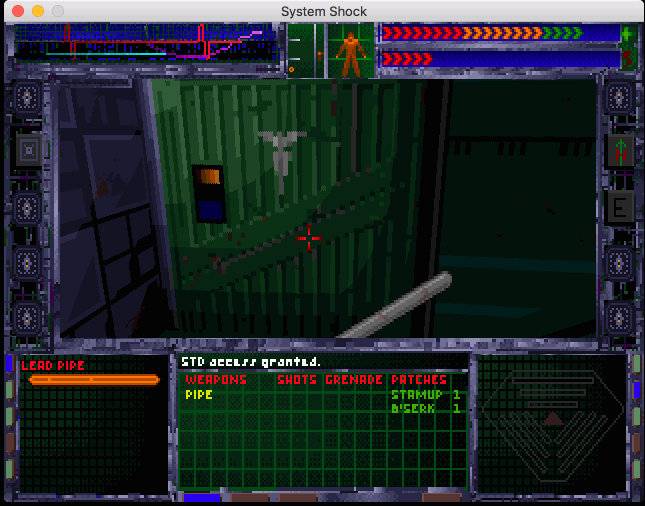


Due to the large FOV of the camera ( |$34' \times 27'$|), we might also be able to find fragments split from nucleus B before the perihelion passage in 2006.

If we assume that the CCD flux of a fragment is proportional to the cross section, the equation |$q = 5\alpha + 1$| can be derived, where |$q$| is the power-law index of the cumulative size distribution, and therefore |$q$| = 2.1. Carrying out aperture photometry for the fragments, we obtained the power-law index of the cumulative luminosity function, |$\alpha=0.222$|. A total of 54 fragments were discovered within a 1 |$'$|.60 |$\times$| 1 |$'$|.13 region, southwest of nucleus B. Since the fragmentation of nucleus B was reported in April of 2006, fresh fragments were expected to be detected. We observed the nucleus B of Comet 73P/Schwassmann-Wachmann 3 on 2006 May 3, UT with a wide-field camera Suprime-Cam of the Subaru Telescope just before the closest approach to the Earth on 2006 May 12, UT.


 0 kommentar(er)
0 kommentar(er)
